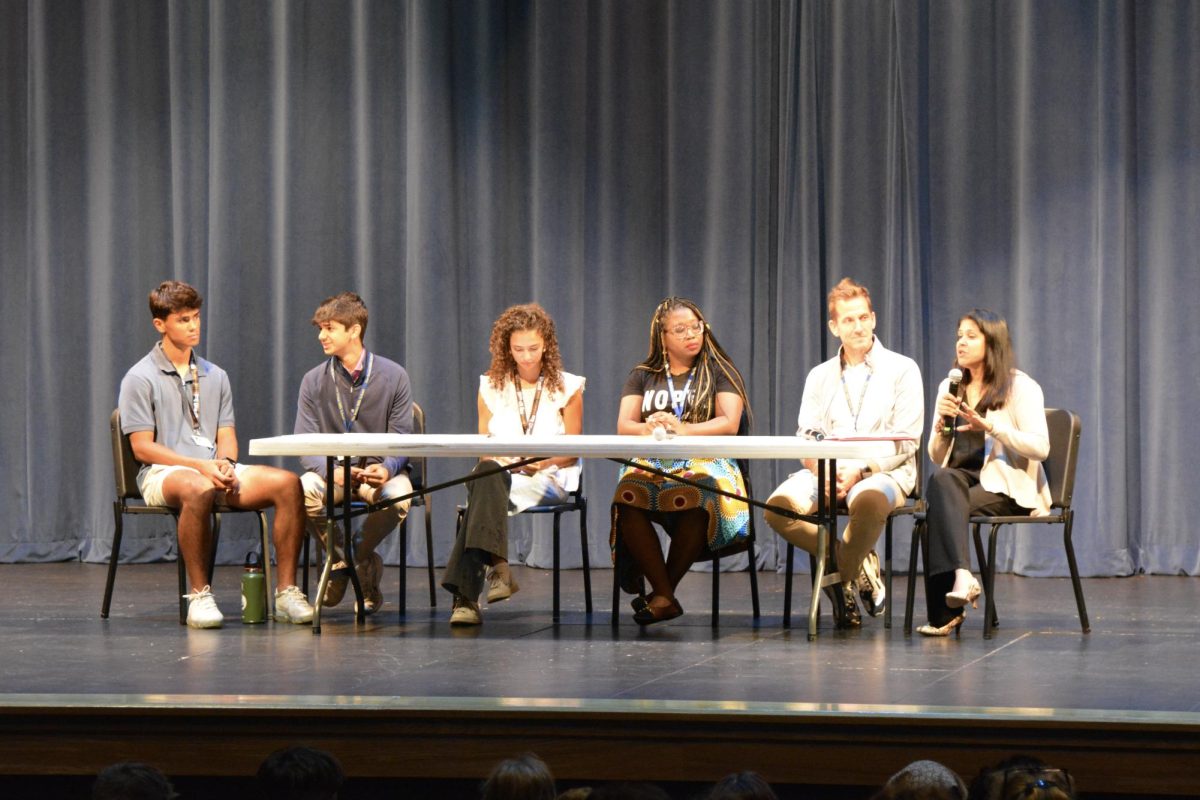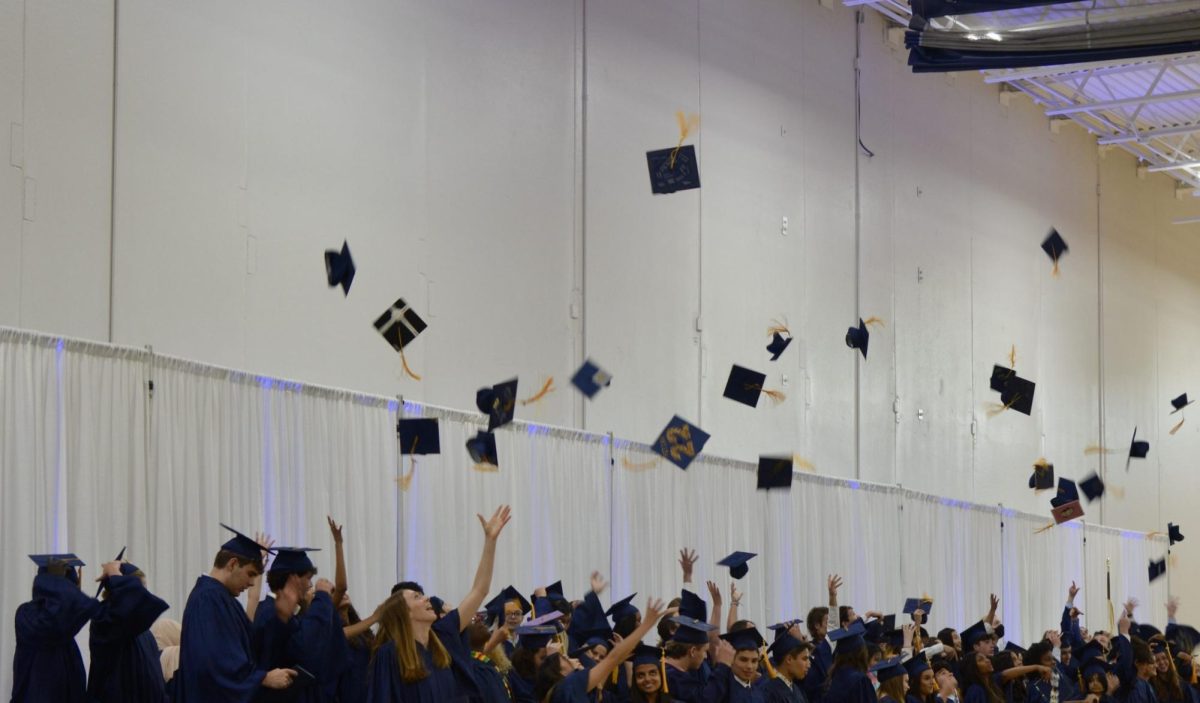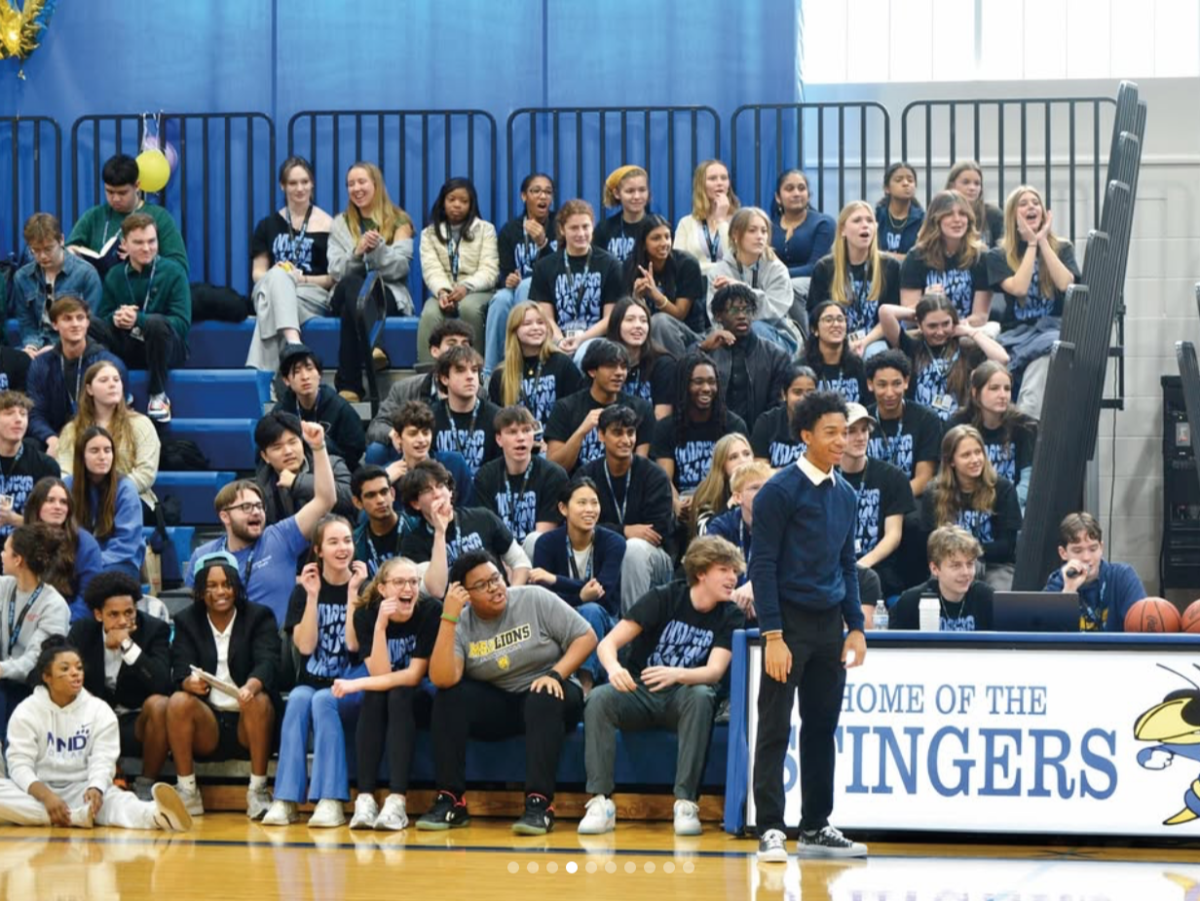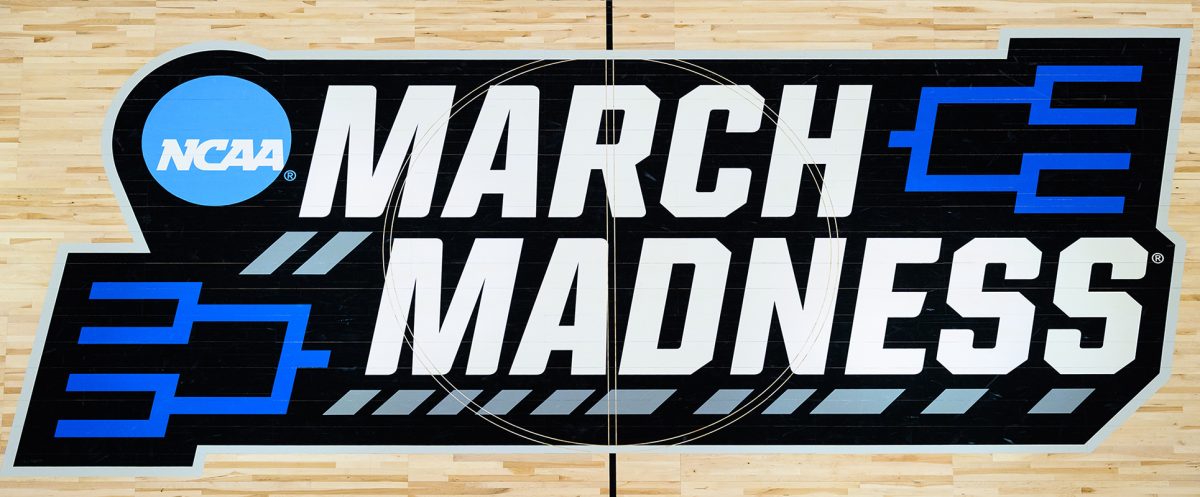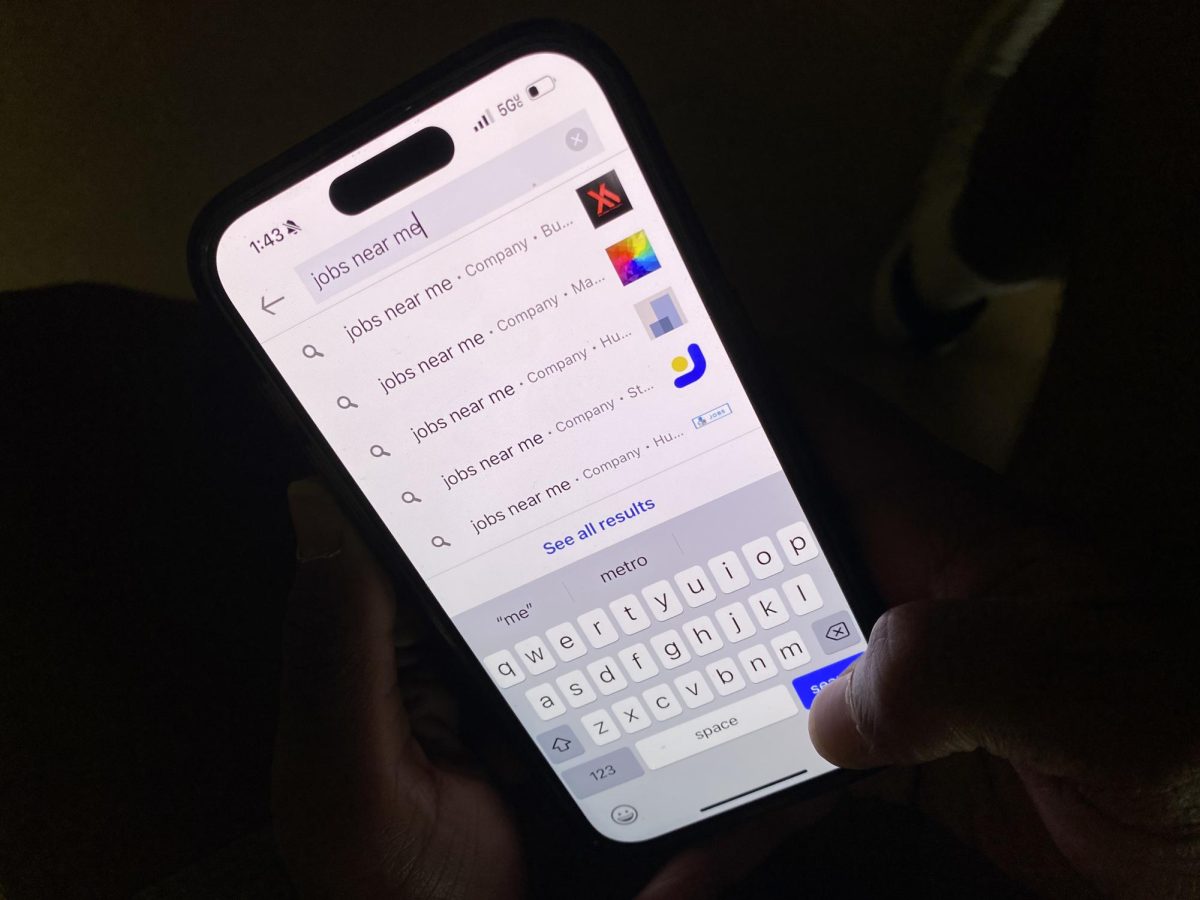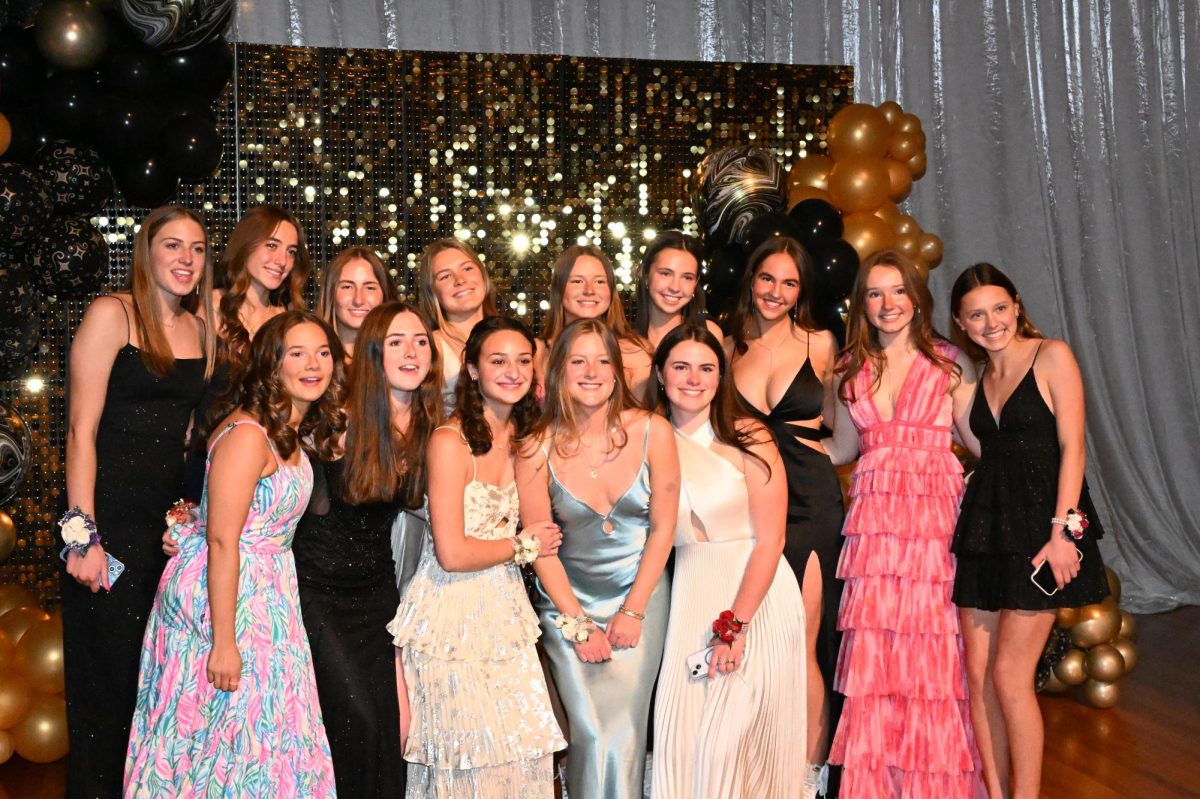In today’s multicultural society, fostering an inclusive environment for all students is more critical than ever. The Seven Hills Reading Program, an innovative educational initiative, has opened new doors for students across all grades. This program focuses on a carefully curated selection of literature that not only promotes literacy but also encourages meaningful discussions about race, identity, and representation. By introducing students to texts that reflect biracial experiences, the program aims to cultivate a deeper understanding of diverse identities in the classroom.
The heart of the Biracial Reading Program lies in its thoughtful selection of books. This year’s books include Aquaman by Geoff Johns, Darius The Great Isn’t Okay by Adib Khorram, Loving Day by Mat Johnson, Magnolia by Nina Mingya Powles, Crying in H Mart by Michelle Zauner, Caucasia by Danzy Senna, and Born a Crime by Trevor Noah. Each title is chosen for its ability to resonate with students from various backgrounds, offering them a mirror to their own experiences or a window into the lives of others. This dual approach allows students to see themselves in the literature, fostering a sense of belonging while also encouraging empathy and understanding toward their peers.
However, student engagement has posed challenges. Many students have expressed concerns about the program’s academic nature. Junior Alisha Chaudhary said, “I think it’s a good idea but it’s been too academically based as of recently.” She emphasized the need for a more balanced approach, suggesting, “I’d make it more activity based,” and highlighted the importance of focusing on the fun aspect of learning. Similarly, Junior Lemuel Zyon, said, “I feel like we needed more ways to hype it up since many people weren’t excited.” This sentiment reflects a broader concern among students about engaging more deeply with the material.
As students engage with these texts, they are encouraged to participate in transformative conversations. Student proctors play a crucial role in guiding these discussions, helping students navigate the rich themes presented in the literature. However, some students struggle to connect with the discussions and activities. Junior Luke Samaha expressed frustration, stating, “I think it’s a good idea but the way it’s displayed is kinda a waste of time.” This feedback indicates a potential disconnect between the program’s intent and student reception, suggesting that a reevaluation of methods may be necessary to enhance participation and excitement.
The importance of representation in literature cannot be overstated. As Senior Sammy Chaudhary said, “We wanted to continue this idea, but at the same time make it universal for all students. We wanted every student to read a book that could show some of their perspective considering everyone experiences a degree of multiculturalism. That is why we decided to give students the choice to pick.” When students see characters who reflect their own experiences, they are more likely to feel valued and understood. The Biracial Reading Program actively seeks to amplify diverse voices, ensuring that students encounter a range of perspectives that reflect the complexities of our society. This representation is vital for fostering self-acceptance and validating the experiences of biracial students, who may often feel caught between cultures.
Moreover, the program’s commitment to diversity in literature is not merely an educational initiative; it is a step toward societal change. By preparing students to engage with diverse voices and perspectives, this lesson enhances academic skills and nurtures thoughtful, informed individuals. Through the power of storytelling, the program empowers students to challenge stereotypes and confront prejudice. Engaging with diverse narratives helps to dismantle preconceived notions and fosters a culture of acceptance and respect.
Despite the program’s positive intentions, challenges remain. As Chaudhary said, “At our school, a lot of people are focused on only the mandatory stuff, and so it’s hard to get people into stuff that’s even remotely optional.” This highlights the struggle of making extracurricular initiatives feel essential to students, emphasizing the need for strategies that connect the program to their broader academic and social experiences.
Feedback from students and teachers has been overwhelmingly positive, yet it also reveals areas for improvement. Many students express gratitude for the opportunity to read books that reflect their own experiences, while teachers note a marked increase in engagement and participation during discussions. The program has also fostered collaboration among students, as they share their insights and learn from one another’s perspectives. This collaborative environment enhances the learning experience and strengthens the sense of community within the classroom.
In conclusion, the Seven Hills Biracial Reading Program is a new beacon of inclusivity and understanding in education. By equipping students with the ability to engage with diverse voices and narratives, it aspires to inspire the next generation to appreciate the richness of diversity and advocate for positive change in their communities. However, as the program continues to evolve, it will be essential to address student concerns, enhance engagement strategies, and balance academic rigor with enjoyable learning experiences to fully realize its transformative potential.

